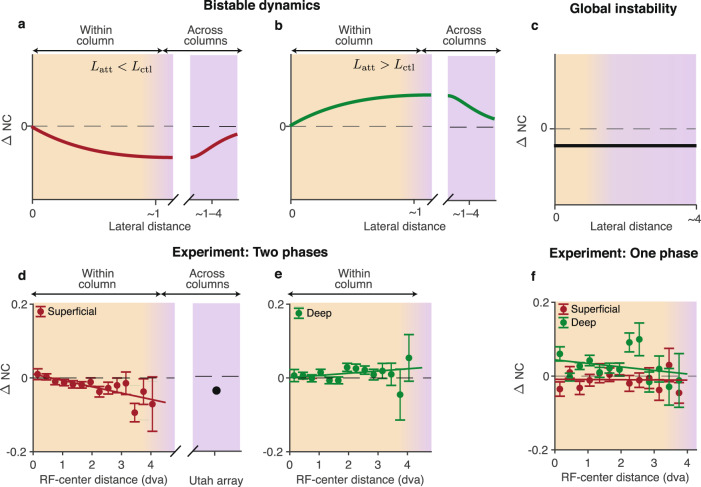Fig. 6. Attentional changes in noise correlations depend on lateral distance.
a Our model predicts that changes in noise correlations at intermediate lateral distances are driven by changes of the correlation length L. When the correlation length decreases (Latt < Lctl), the model predicts a robust reduction of noise correlations at intermediate distances (across columns, purple background) when changes at zero distance are vanishing (crimson line). Over short distances (within the column, orange background), noise correlations progressively decrease with distance. b When the correlation length increases (Latt > Lctl), our model predicts an increase of noise correlations at intermediate distances when changes at zero distance are vanishing (green line). In both cases (a, b), the spatial profile of noise-correlation changes is not uniform, and sizable changes are predicted to occur at intermediate lateral distances. c The balanced network model with fluctuations around a single global fixed point predicts uniform changes in noise correlations at all distances (black line)31. d In two-phase recordings, changes in noise correlations during attention depend on the RF-center distance. The magnitude of noise-correlation changes is vanishingly small at zero distance and progressively increases at longer distances. With increasing RF-center distance, noise correlations decrease in superficial layers (crimson). Data for single columns (crimson dots - data, line - linear regression, n = 2544 MU pairs) are shown along with an approximate value of changes in noise correlation between neurons in different columns recorded with a Utah array (black dot). Error bars represent SEM. e Same as d for deep layers in two-phase recordings (n = 3064 MU pairs). With increasing RF-center distance, noise correlations show a moderate increasing trend with borderline statistical effect. f Same as d, e for one-phase recordings. Changes in noise correlations during attention do not depend on the RF-center distance in superficial (crimson) and deep (green) layers (superficial layers n = 920 MU pairs; deep layers n = 1448 MU pairs). Source data are provided as a Source Data file.

